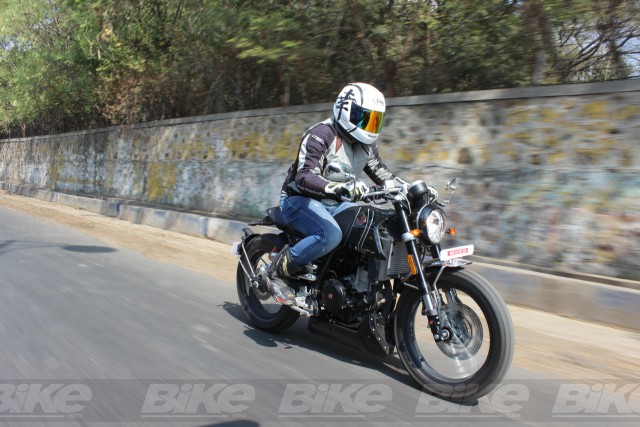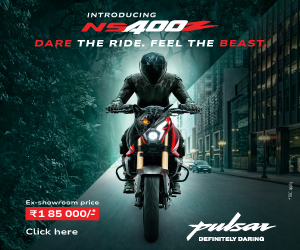Th Hero Pleasures Plus 110 is the first comprehensive makeover the Pleasure scooter has received since its launch. Hero call the updated model the Pleasure Plus and have worked on the scooter’s overall design and powertrain and even tweaked its suspension and chassis.
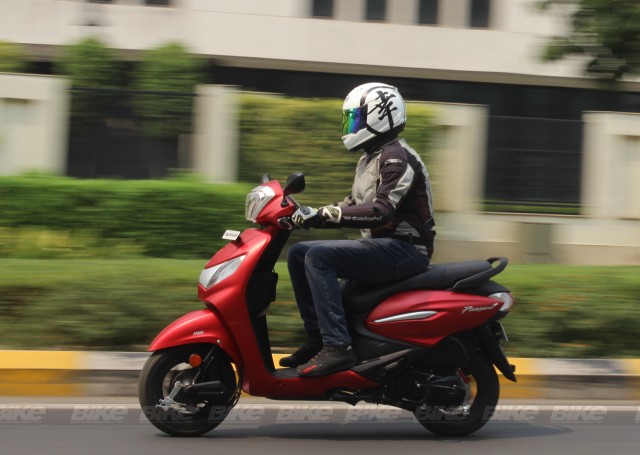
[Read more…] about Hero Pleasure Plus 110 Scooter First Ride Review
New Bike First Impression
Hero Maestro Edge 125 Fi First Ride Review
The Hero Maestro Edge 125 is second 125-cc scooter from the stable, with the first being the Hero Destini 125 which was roll-out in October last year.
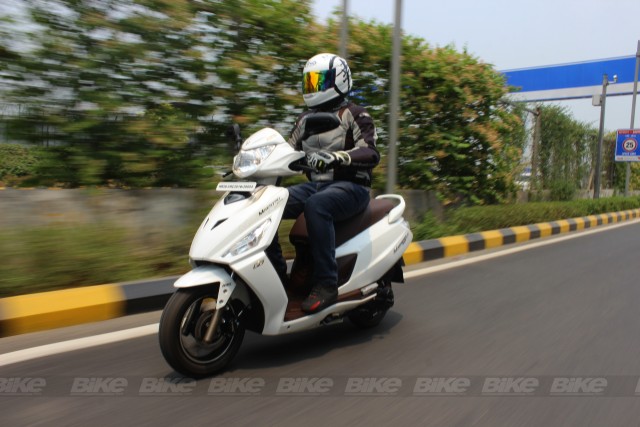
[Read more…] about Hero Maestro Edge 125 Fi First Ride Review
Honda CB300R First Ride Review: Urban Weapon
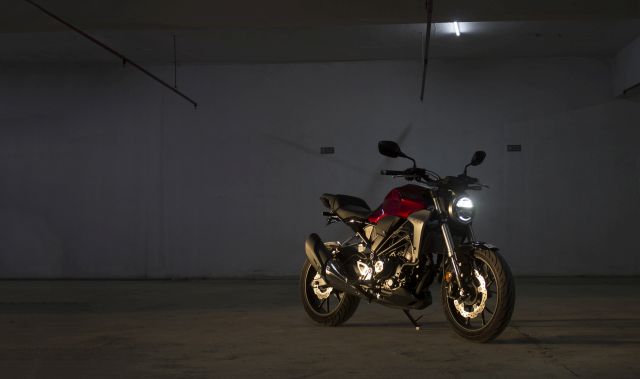
The Honda CB300R has been launched in India, and we spent a day with the smallest roadster in the Japanese manufacturers “Neo Retro Cafe” line up.
[Read more…] about Honda CB300R First Ride Review: Urban Weapon
FB Mondial HPS 300 Road test Review
We test ride the FB Mondial HPS 300, the new kid on the block that is making quite a splash thanks to its unique hipster-inspired styling.
Hero Xpulse 200 Range Ridden
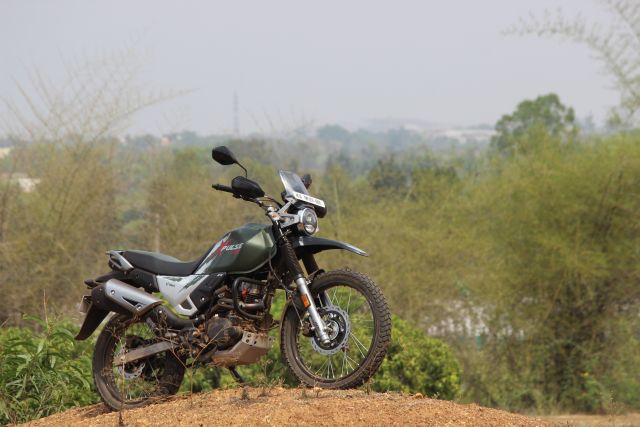
The Hero Xpulse 200 is finally here, and in two avatars. We ride them both to bring you this report

